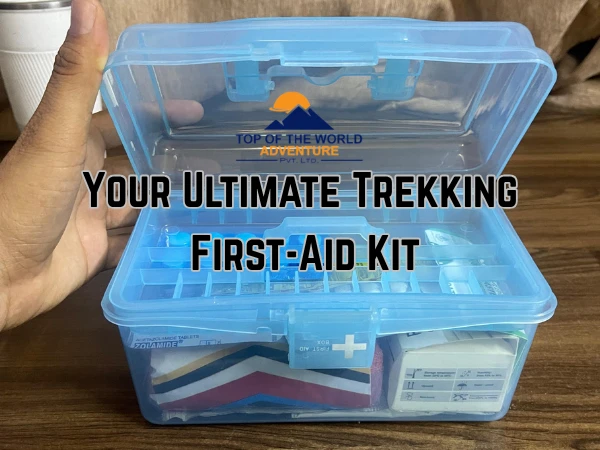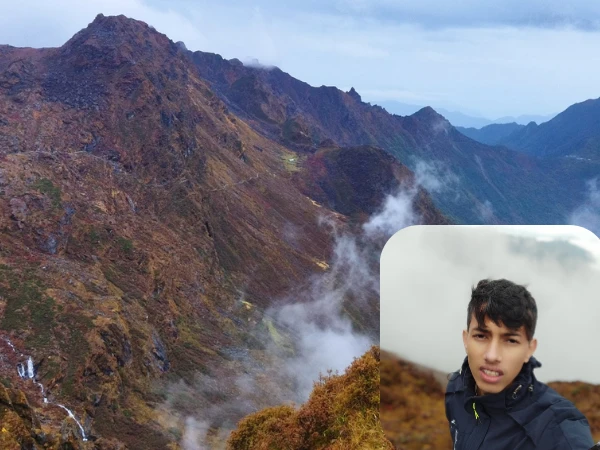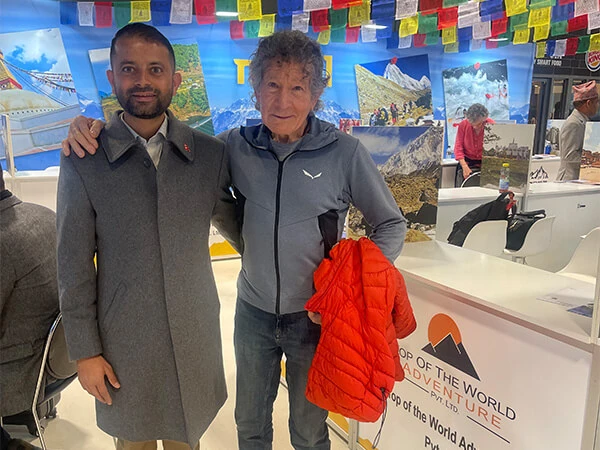No Insurance, No Trek: Nepal’s 2025 Law Every Trekker Should Know
Nepal’s legendary trekking trails—Everest Base Camp, Annapurna Circuit, and Manaslu Circuit—have always been a dream for adventure seekers. But starting January 2025, there’s a new rule every foreign trekker must follow:
No Insurance = No Permit = No Trek
This change aims to ensure that every trekker exploring the Himalayas is fully protected against the high risks of altitude, weather, and emergency evacuation costs.
Why Travel Insurance Is Now Mandatory
Nepal’s mountains are magnificent but unpredictable. In 2024 alone, over 500 helicopter evacuations were recorded from trekking regions, with average rescue costs ranging from $10,000 to $15,000.
Additional facts:
1 in 3 trekkers above 4,000 meters experiences altitude sickness
Evacuation processing time: 24 to 48 hours
Major cause of rescues: Altitude-related illness
Proper insurance ensures coverage for:
Medical evacuation from remote trails
Altitude sickness treatment and hospital care
Emergency helicopter rescues
Hospitalization in Kathmandu
Without valid insurance, trekking permits will not be issued anywhere in Nepal.
2025 Official Permit Requirements
The Nepal Tourism Board (NTB) and Trekking Agencies Association of Nepal (TAAN) have jointly enforced insurance verification for all trekking permits.
Key Changes Effective 2025
Insurance verification at every permit checkpoint
Digital verification system for faster processing
Higher minimum coverage requirements
Spot checks during trekking routes
Permit-Wise Insurance Rules
| Permit Type | Insurance Status | Verification Point | Minimum Coverage |
|---|
| TIMS Card | Mandatory | TAAN Office | Basic medical + evacuation |
| Restricted Area Permit | Mandatory | Immigration Office | $15,000+ evacuation |
| National Park Permit | Mandatory | Entry Gates | Medical + helicopter |
| ACAP/MCAP Permit | Mandatory | Multiple Checkpoints | Full high-altitude coverage |
Note: Invalid or fake insurance results in immediate permit cancellation and possible trekking ban.
2024 Rescue Insights
| Region | Evacuations | Main Cause |
|---|
| Everest | 347 | Altitude Sickness |
| Annapurna | 189 | AMS and Accidents |
| Manaslu | 78 | Weather and Remoteness |
The majority of emergencies occurred above 4,000 meters, proving that even experienced trekkers need strong insurance coverage.
What Trekking Insurance Covers
Medical Coverage
Acute Mountain Sickness (AMS), HAPE, HACE
Doctor consultations and oxygen therapy
Hospital admission and medications
Helicopter Evacuation
Airlift from trail to hospital
Medical team coordination
Ground ambulance service in Kathmandu
Trip and Gear Protection
How to Buy Trekking Insurance (Step-by-Step)
1. Identify your trek details: altitude, region, and duration
2. Compare coverage: check evacuation and medical limits
3. Prepare documents: passport, itinerary, and contact info
4. Purchase timing:
International plans: buy at least 1 week before travel
CTG plans: available in Kathmandu with 24-hour activation
5. Share policy: with your trekking agency and group leader
Pro Tips:
Keep a printed and digital copy of your policy
Save emergency numbers offline
Always inform your guide of your coverage
Book Your Fully-Insured Himalayan Adventure
At Top of the World Adventure, all our 2025 trekking packages include complete insurance assistance and verification under Nepal’s new law.
Explore our best-insured treks:
Everest Base Camp Trek – 14 days with CTG-Plus insurance
Manaslu Circuit Trek – remote adventure with evacuation support
Annapurna Circuit Trek – classic route with full coverage
Contact us today to secure your trek and insurance through our trusted partner, Himalayan Guardian Nepal.
Make your 2025 Himalayan adventure safe, secure, and truly unforgettable with Top of the World Adventure.
Cancellations or delays due to weather
Lost or delayed baggage
Emergency gear replacement
CTG Insurance Plans for 2025
| Plan | Duration | Altitude | Price (USD/NPR) | Ideal For |
|---|
| CTG-Basic | 14 days | Up to 3,500m | $16 / 2,100 NPR | Poon Hill, Ghorepani |
| CTG-Plus | 14 days | Up to 5,500m | $150 / 19,500 NPR | EBC, Annapurna, Manaslu |
| CTG-Plus Extended | 28 days | Up to 5,500m | $300 / 39,000 NPR | Long treks |
| CTG-Pro | 60 days | Up to 6,000m | $500 / 65,000 NPR | Expeditions and climbs |
Each plan includes 24/7 emergency support, direct coordination with rescue operators, and fast hospital billing in Kathmandu.
Recommended Plans by Trek
Everest Base Camp Trek
Altitude: 5,545m
Minimum Coverage: $35,000 medical, $10,000 evacuation
Recommended: CTG-Plus (14 or 28 days)
Altitude: 5,213m
Restricted Area: Yes
Coverage: $15,000 evacuation minimum
Recommended: CTG-Plus restricted area plan
Annapurna Circuit Trek
Altitude: 5,416m
Coverage: $25,000 medical minimum
Recommended: CTG-Plus or CTG-Basic (below Thorong La)
Top International Travel Insurance Providers for Nepal Treks
| Company | Altitude Limit | Evacuation Coverage | Price Range | Ideal For |
|---|
| World Nomads | Up to 6,000 m | USD 100,000 | USD 150–250 | Budget backpackers and adventure travelers |
| IMG Global | 7,000 m and above | USD 1,000,000 | USD 200–400 | High-altitude expeditions |
| Allianz Travel | Up to 5,500 m | USD 50,000 | USD 100–200 | Short treks and general travelers |
| True Traveller (UK) | Up to 6,000 m | GBP 10,000,000 | GBP 80–150 | UK and EU travelers |
Local Advantage: CTG Insurance Nepal
Choosing a local insurance provider can be a smart move for trekkers already in Nepal.
Here’s why:
Instant policy issuance within Kathmandu
Direct coordination with rescue helicopter operators
Partner Hospitals in Kathmandu:
CIWEC Clinic
Grande International Hospital
Mediciti Hospital
Norvic International Hospital
-
No upfront payment required for emergency evacuations
Faster claim processing through local support teams
24/7 multilingual customer assistance






